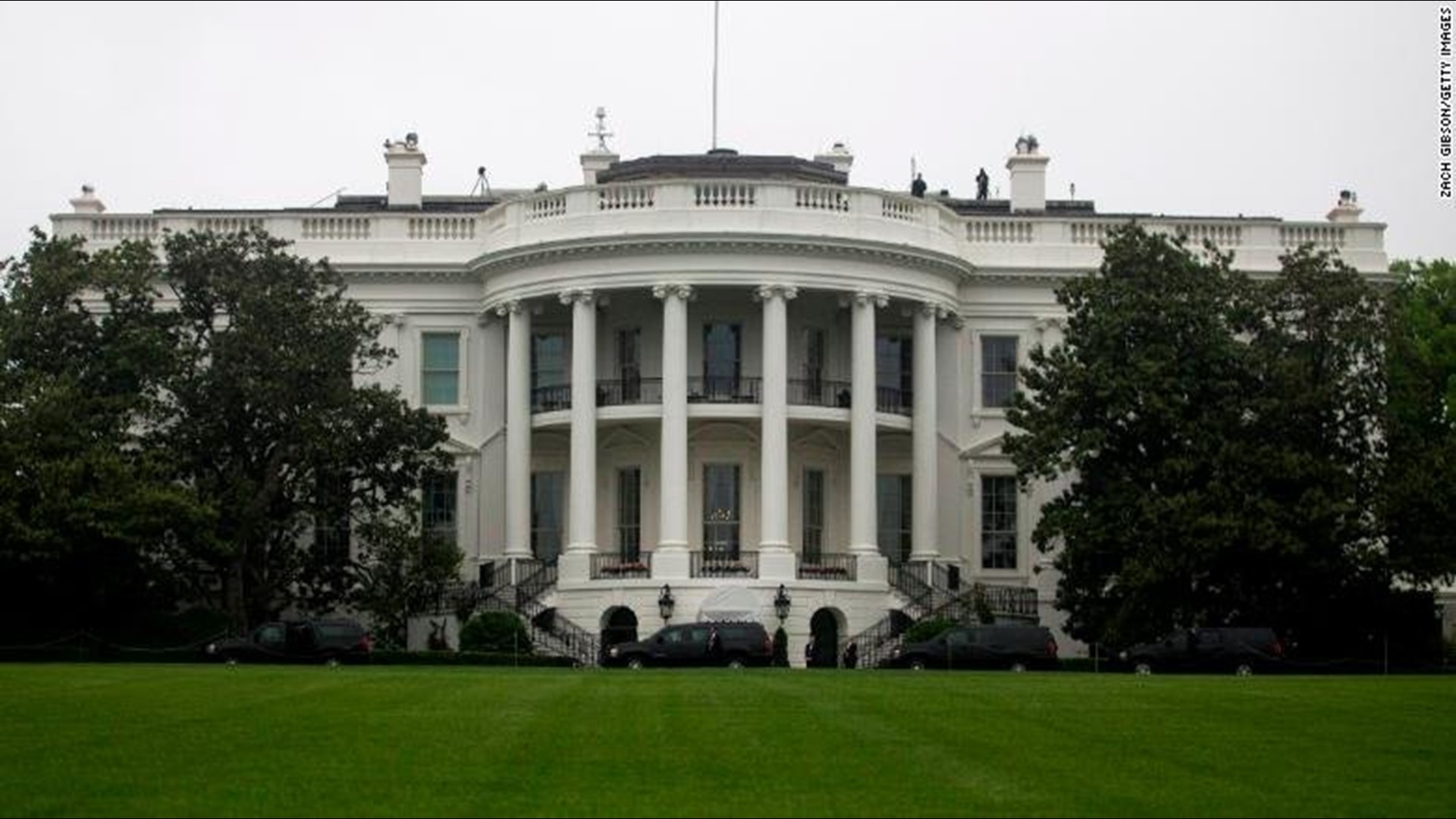DES MOINES, Iowa — According to the latest White House Coronavirus Task Force report obtained by ABC News, Iowa is in the red zone for cases indicating more than 100 cases per 100,000 people over the last week, with the third-highest rate in the country.
The report, dated Sept. 13, also says that Iowa is the 16th highest in the country for positivity rate indicating a rate between five and 10 percent. This puts Iowa in the yellow zone for this category.
Other numbers from the report:
- Iowa had 151 new cases per 100,000 in the last week, compared to a national average of 74 per 100,000.
- Iowa did see a decrease in new cases and a decrease in in test positivity during the week of Aug. 31 through Sept. 6. Polk County, Story County and Johnson County had highest number of new cases last week representing 38.8 percent of new cases in Iowa.
- 63 percent of all counties in Iowa have moderate or high levels of community transmission (yellow and red zone) and 17 percent have high levels of community transmission (red zone).
- Last week, seven percent of nursing homes had at least one new resident COVID-19 case, while 16 percent had at least one new staff COVID-19 case and three percent had at least one new COVID-19 resident death.
- Between Sept. 5 and Sept. 11, on average, 45 patients with confirmed COVID-19 and 36 with suspected COVID-19 were reported as newly admitted each day to hospitals in Iowa.
An average of greater than 95 percent of hospitals reported either new confirmed or new suspected COVID patients each day during this period.
The White House report recommends establishing a mask mandate, noting that the virus is being introduced into nursing homes.
"COVID-19 is being brought into nursing homes through community transmission," the report reads. "Review and improve infection control practices at nursing homes to stop the introduction of COVID-19."
Areas with ongoing high levels of transmission, yellow and red zones, are recommended to use standard metrics for returning to school and bar/restaurant capcity.
The task force also recommends developing a plan for increased surveillance of silent community spreaders by using the Abbott BinaxNOW or antigen tests.
It says that weekly surveillance should be established among critical populations such as teachers, nursing home staff, assisted living and other congregate living settings, prison staff and first responders.
The report says that universities should use wastewater surveillance across campus to identify areas with high viral load for targeted testing.

